Home>Furniture & Design>Interior Design Trends>How Radioactive Is Uranium Glass
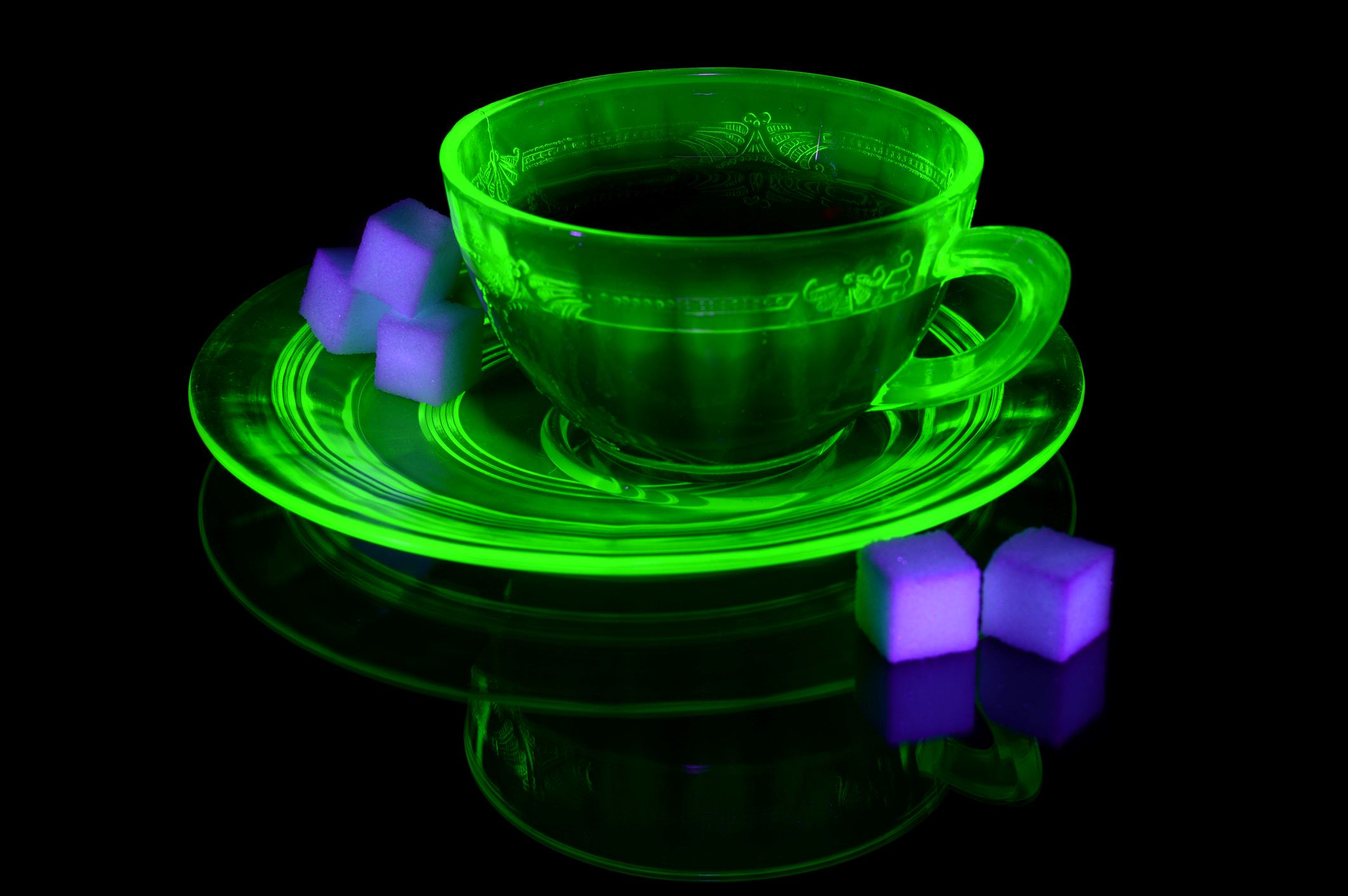

Interior Design Trends
How Radioactive Is Uranium Glass
Modified: April 21, 2024
Discover the interior design trend of uranium glass and learn about its radioactive properties. Explore the unique allure of uranium glass in modern decor.
(Many of the links in this article redirect to a specific reviewed product. Your purchase of these products through affiliate links helps to generate commission for Storables.com, at no extra cost. Learn more)
What is Uranium Glass?
Uranium glass, also known as Vaseline glass, is a type of glass that contains uranium oxide as a colorant. This unique glass gained popularity during the 19th century and continues to captivate collectors and enthusiasts today. The uranium content in the glass gives it a distinct yellow or green fluorescence under ultraviolet light, making it easily recognizable and highly sought after.
The use of uranium in glassmaking dates back to the 1830s, when it was discovered that adding uranium oxide to the glass mixture could produce vibrant colors ranging from pale yellow to rich green, depending on the concentration of uranium used. This resulted in the creation of stunning glassware, including vases, bowls, cups, and decorative items that exhibited a mesmerizing glow when exposed to UV light.
Uranium glass gained popularity during the Art Nouveau and Art Deco periods, with prominent glassmakers such as Louis Comfort Tiffany and Josef Rindskopf incorporating it into their exquisite designs. The distinctive appearance of uranium glass made it a coveted choice for both functional and decorative pieces, adding a touch of elegance and allure to households and collections.
The unique properties of uranium glass are not limited to its visual appeal. Due to its radioactive nature, uranium glass emits low levels of radiation, which can be detected using a Geiger counter. While the radiation levels in uranium glass are generally considered to be minimal and safe for everyday handling, it is essential to exercise caution and handle these items responsibly.
In recent years, the allure of uranium glass has sparked a resurgence of interest among collectors and aficionados. Its historical significance, captivating appearance, and the intriguing allure of radioactivity have contributed to its enduring appeal in the world of art, design, and vintage collectibles.
Uranium glass continues to fascinate enthusiasts and collectors, serving as a testament to the ingenuity of glassmakers and the timeless allure of this unique and radiant material.
Key Takeaways:
- Uranium glass, also known as Vaseline glass, glows under UV light due to its radioactive nature, but it’s generally safe to use and handle responsibly.
- Testing for radioactivity in uranium glass can be done with a Geiger counter to ensure safe handling and appreciation of these unique collectibles.
Read more: What Is Uranium Glass
How Does Uranium Glass Become Radioactive?
Uranium glass derives its radioactive properties from the inclusion of uranium oxide in the glassmaking process. When uranium is added to the glass mixture, it becomes an integral component of the glass matrix, contributing to its distinct coloration and, notably, its radioactivity. The uranium content in the glass is responsible for the emission of low levels of radiation, which can be detected using specialized equipment such as a Geiger counter.
The radioactivity of uranium glass is attributed to the natural decay of uranium isotopes present in the glass. Uranium consists of several isotopes, with uranium-238 being the most prevalent in uranium glass. As uranium-238 undergoes radioactive decay, it transforms into various daughter isotopes, including thorium-234 and radium-226, before ultimately reaching a stable state as lead-206. Throughout this decay process, the uranium glass emits alpha, beta, and gamma radiation, albeit at low levels that are generally considered safe for handling.
The radioactive properties of uranium glass contribute to its distinctive fluorescence when exposed to ultraviolet light. This phenomenon, known as fluorescence or phosphorescence, occurs as a result of the interaction between the emitted radiation and the glass matrix. When illuminated with UV light, the uranium in the glass absorbs the energy and re-emits it in the visible spectrum, producing a captivating glow that ranges from a subtle yellow to a vibrant green, depending on the uranium concentration.
It is important to note that while uranium glass is indeed radioactive, the levels of radiation emitted are typically minimal and pose no significant health risks when handled responsibly. However, due to its radioactive nature, it is advisable to exercise caution when using or displaying uranium glass items, particularly in close proximity to living spaces or frequently used areas.
In summary, the radioactivity of uranium glass is an inherent characteristic resulting from the inclusion of uranium oxide in the glass composition. This unique quality contributes to the enduring allure and fascination surrounding uranium glass, making it a captivating and sought-after collectible for enthusiasts and collectors alike.
When handling uranium glass, always wash your hands after touching it to minimize exposure to radiation. Keep it away from food and drinks to avoid ingestion.
Is Uranium Glass Safe to Use?
Uranium glass, renowned for its captivating fluorescence and historical significance, often raises questions regarding its safety for everyday use. The radioactive nature of uranium glass prompts concerns about potential health risks associated with handling and displaying these unique items. It is essential to address these concerns and provide a comprehensive understanding of the safety considerations related to uranium glass.
The safety of uranium glass primarily revolves around its low levels of radiation emission. While uranium glass does exhibit radioactive properties, the levels of radiation emitted are generally considered to be minimal and pose no significant health hazards when handled responsibly. The alpha, beta, and gamma radiation emitted by uranium glass is typically at low levels, and the glass itself serves as a protective barrier, mitigating potential exposure to the radiation.
In practical terms, the everyday use of uranium glass items, such as drinking glasses, plates, and decorative pieces, is generally considered safe. The minimal radiation emitted by these items is unlikely to pose any discernible health risks during typical usage. However, it is advisable to exercise caution and avoid prolonged direct contact with uranium glass, especially in the case of items that come into close proximity to food or beverages.
Furthermore, the safety of uranium glass extends to its display and storage. When showcasing uranium glass collectibles or incorporating them into home decor, it is important to consider the placement of these items. While the levels of radiation emitted by uranium glass are low, it is prudent to display these items in well-ventilated areas and avoid prolonged exposure in confined spaces. Additionally, minimizing direct physical contact with uranium glass items, particularly for extended periods, can further mitigate any potential concerns related to radiation exposure.
In summary, the safety of uranium glass hinges on responsible handling and usage practices. While the radioactive properties of uranium glass are an inherent aspect of its allure, the minimal levels of radiation emitted by these items make them safe for practical use and display. By exercising caution and implementing sensible handling practices, enthusiasts and collectors can continue to appreciate the unique beauty and historical significance of uranium glass without compromising safety.
How to Test for Radioactivity in Uranium Glass
Testing for radioactivity in uranium glass is a crucial aspect of understanding and responsibly handling these unique collectibles. While the captivating fluorescence of uranium glass under ultraviolet light provides a visual indication of its radioactive nature, conducting a formal test for radioactivity offers a more comprehensive assessment of its properties.
One of the most accessible methods for testing the radioactivity of uranium glass is through the use of a Geiger counter. This specialized device is designed to detect and measure ionizing radiation, making it well-suited for assessing the radioactivity of uranium glass. When using a Geiger counter to test uranium glass, it is essential to follow specific steps to ensure accurate results.
To begin the testing process, place the Geiger counter in close proximity to the uranium glass item being assessed. Ensure that the glass is positioned in a stable and accessible manner to facilitate the testing procedure. Activate the Geiger counter and carefully observe the readings as it scans the surface of the uranium glass. The Geiger counter will detect and quantify the levels of radiation emitted by the glass, providing valuable insights into its radioactive properties.
When interpreting the results obtained from the Geiger counter, it is important to consider the background radiation levels in the testing environment. Background radiation, stemming from natural sources such as cosmic rays and terrestrial elements, can influence the overall readings obtained during the testing process. By establishing a baseline for background radiation, it becomes possible to differentiate the specific radiation emitted by the uranium glass, enabling a more accurate assessment of its radioactivity.
In addition to utilizing a Geiger counter, alternative methods for testing the radioactivity of uranium glass involve seeking professional assistance from radiation measurement experts or utilizing specialized laboratory equipment designed for radiation detection and analysis. These approaches offer a comprehensive evaluation of the glass's radioactive properties, providing valuable data for collectors, enthusiasts, and individuals seeking to ensure the safe handling and display of uranium glass items.
By employing these testing methods, individuals can gain a deeper understanding of the radioactivity exhibited by uranium glass, enabling informed decisions regarding its usage, display, and storage. This proactive approach to testing for radioactivity in uranium glass underscores the importance of responsible handling and appreciation of these captivating and historically significant collectibles.
Frequently Asked Questions about How Radioactive Is Uranium Glass
Was this page helpful?
At Storables.com, we guarantee accurate and reliable information. Our content, validated by Expert Board Contributors, is crafted following stringent Editorial Policies. We're committed to providing you with well-researched, expert-backed insights for all your informational needs.
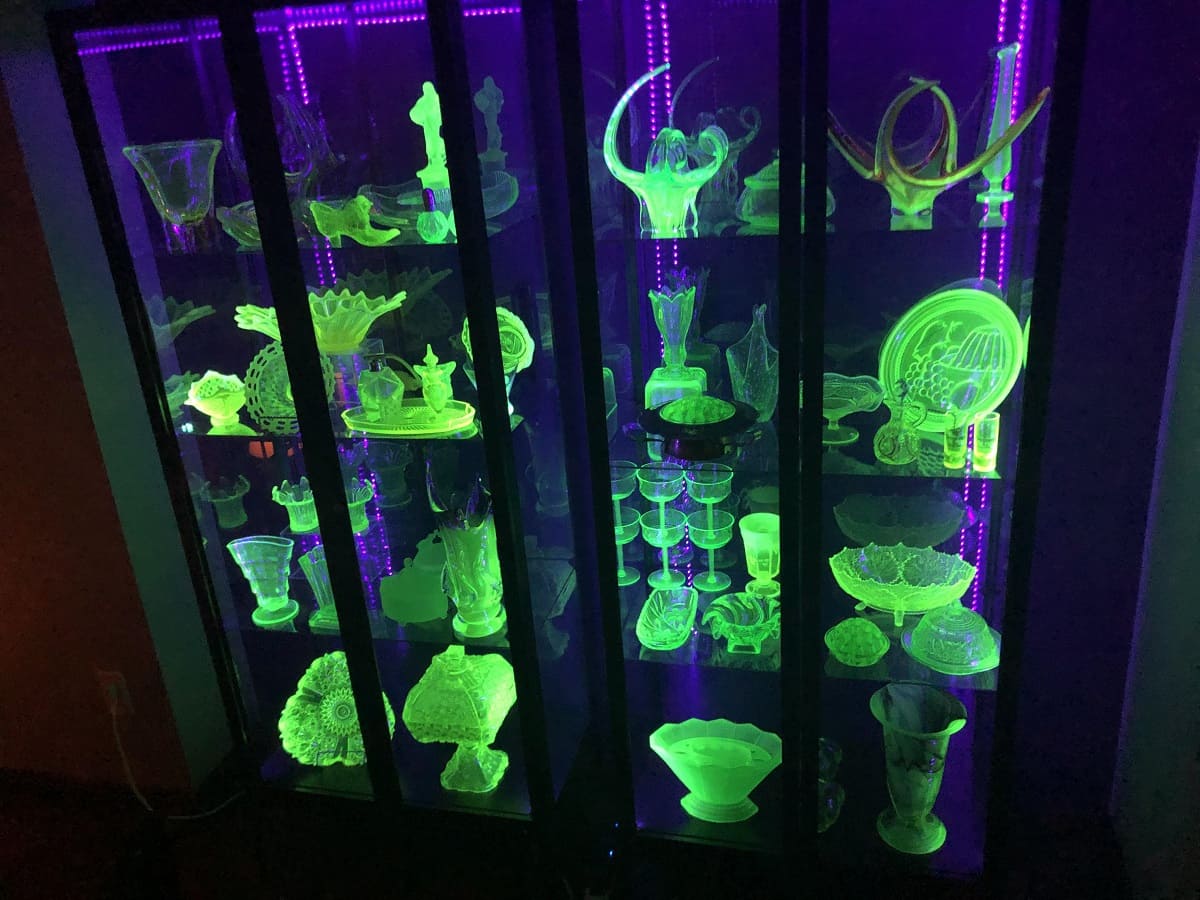
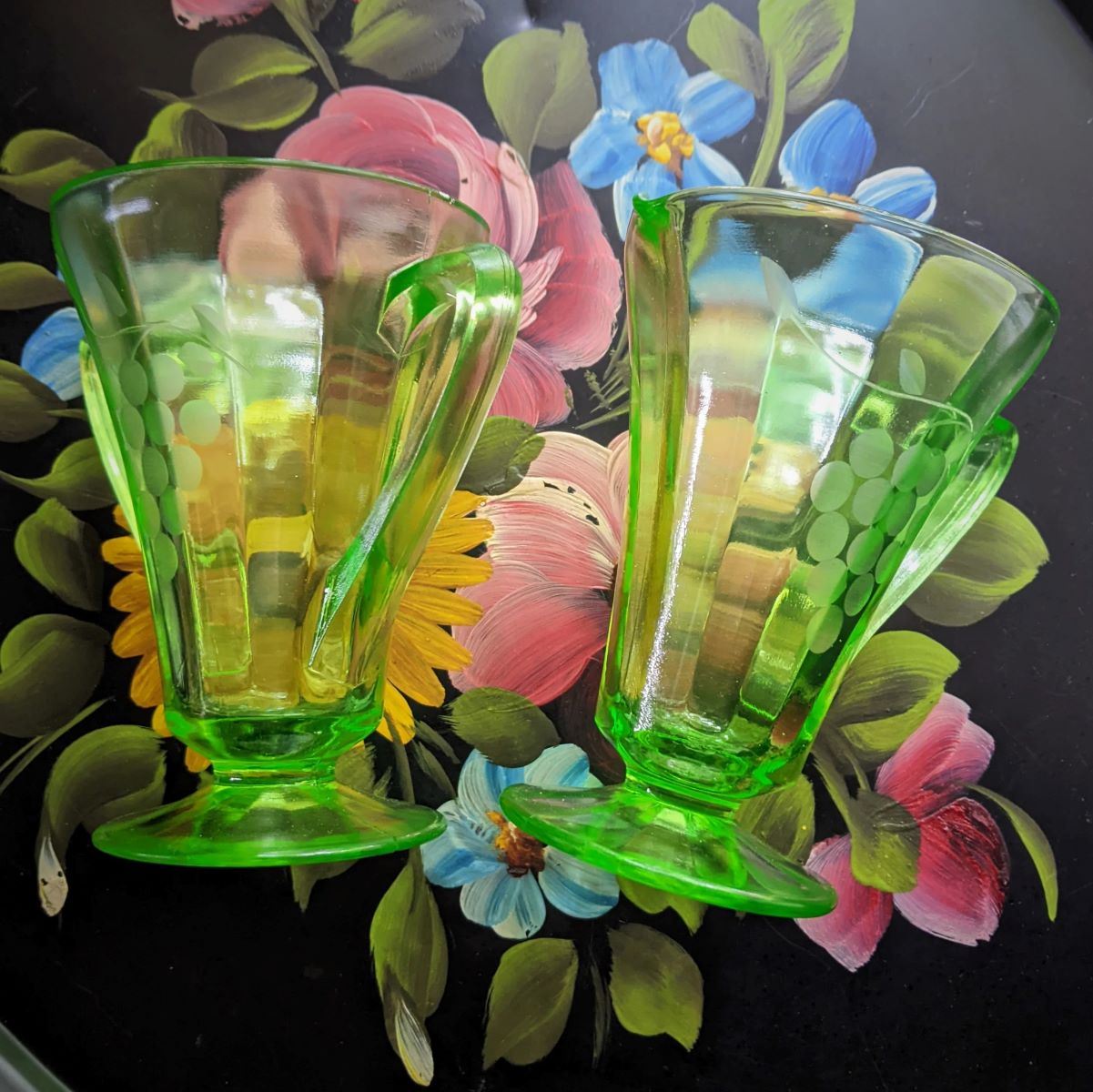
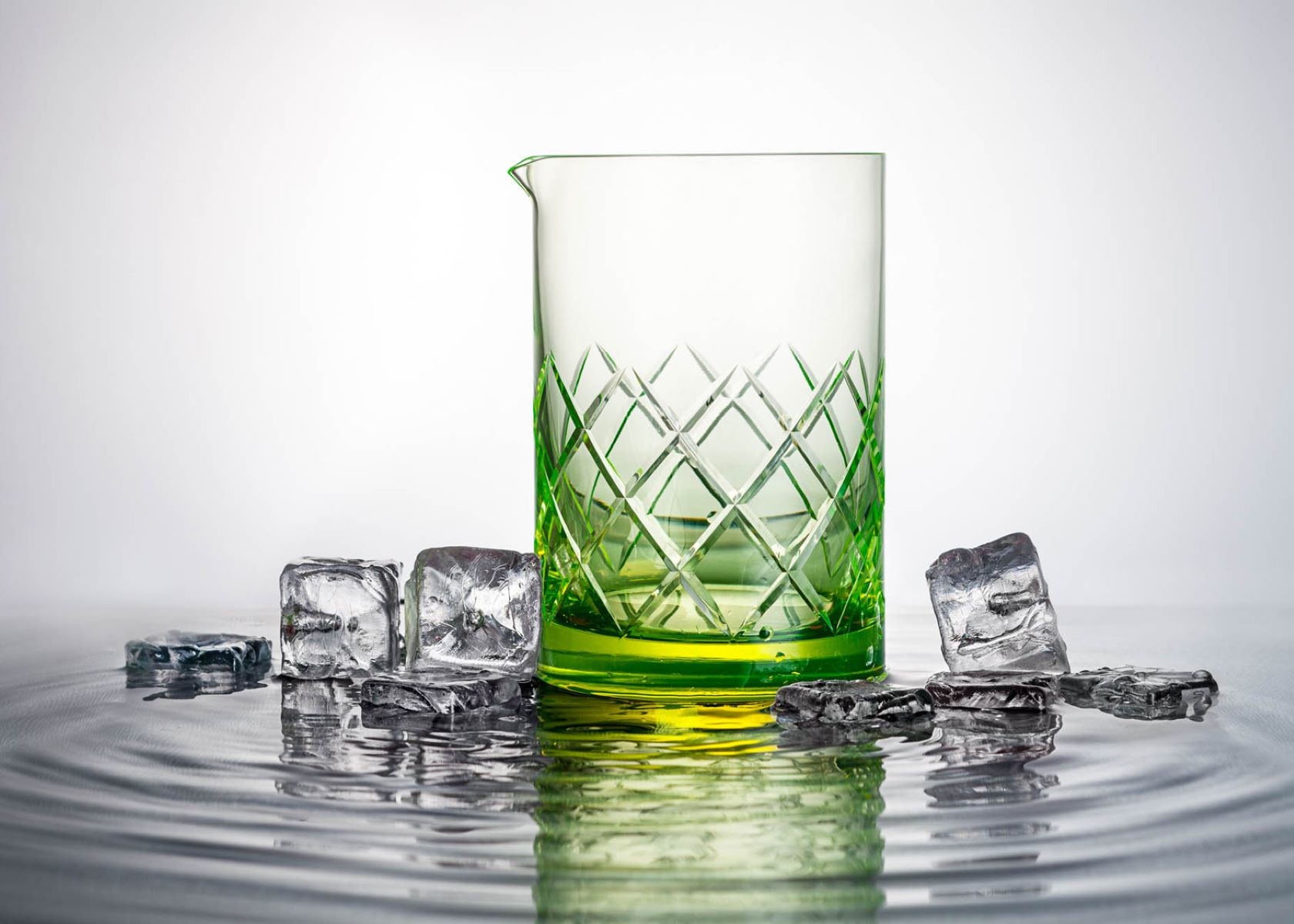
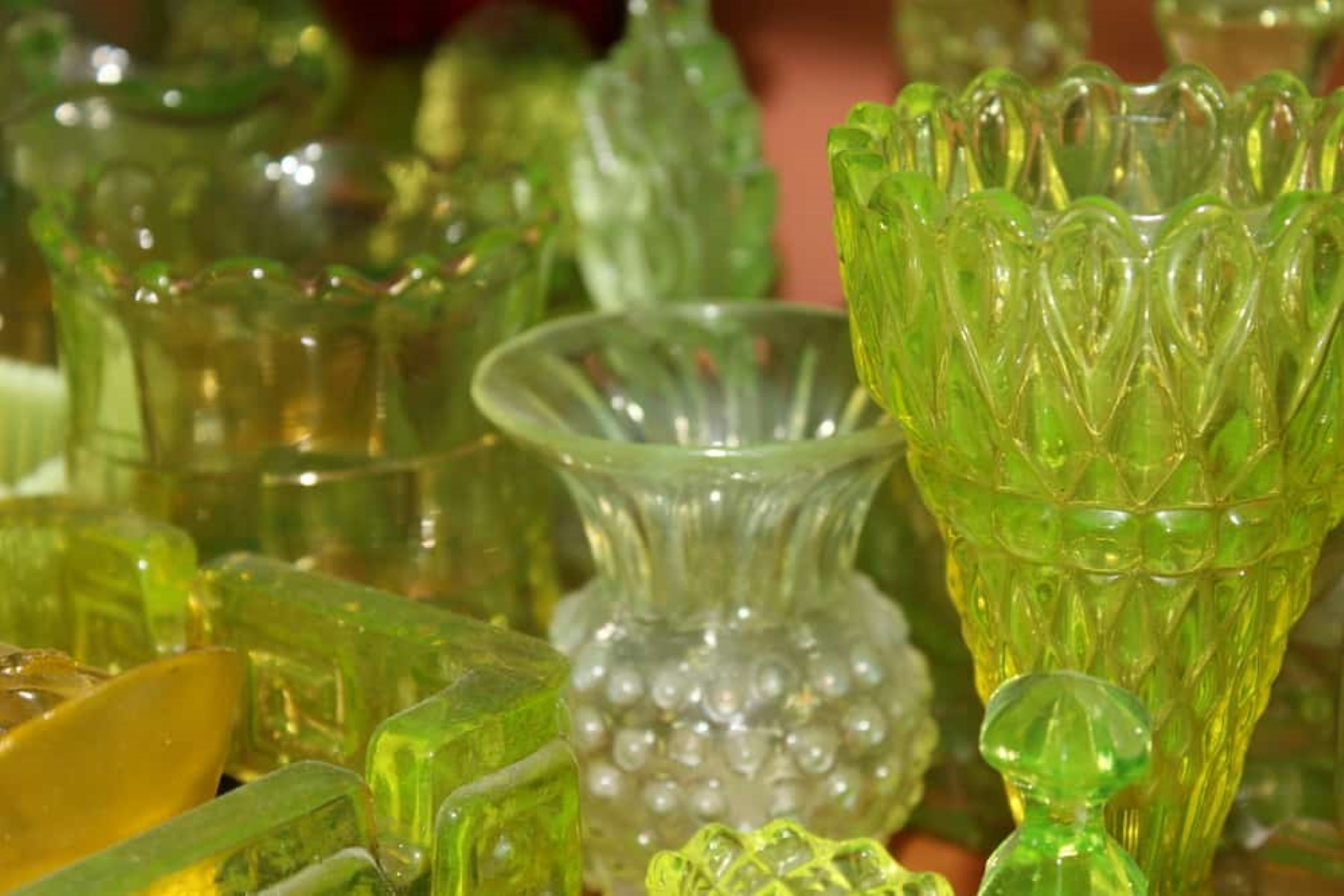
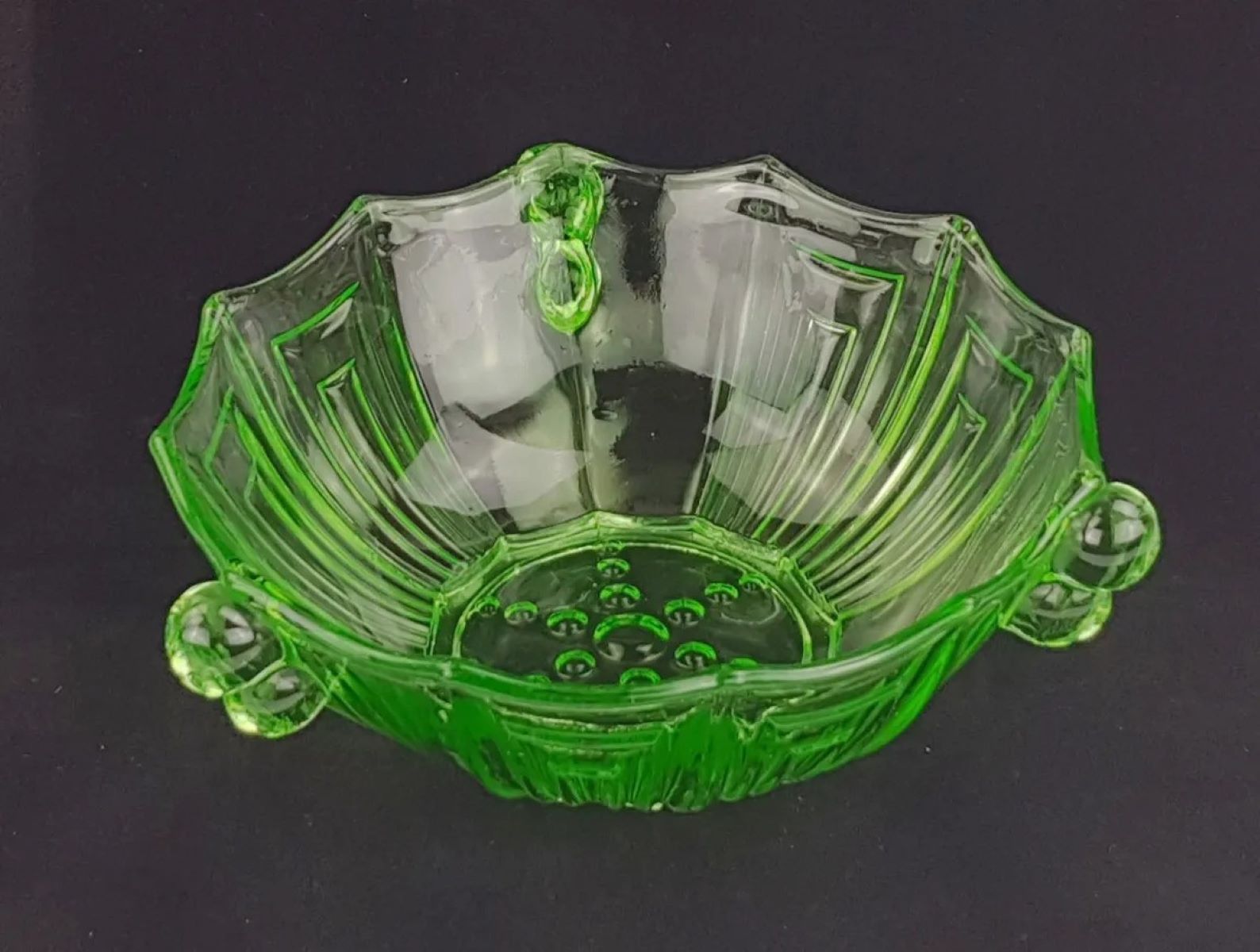
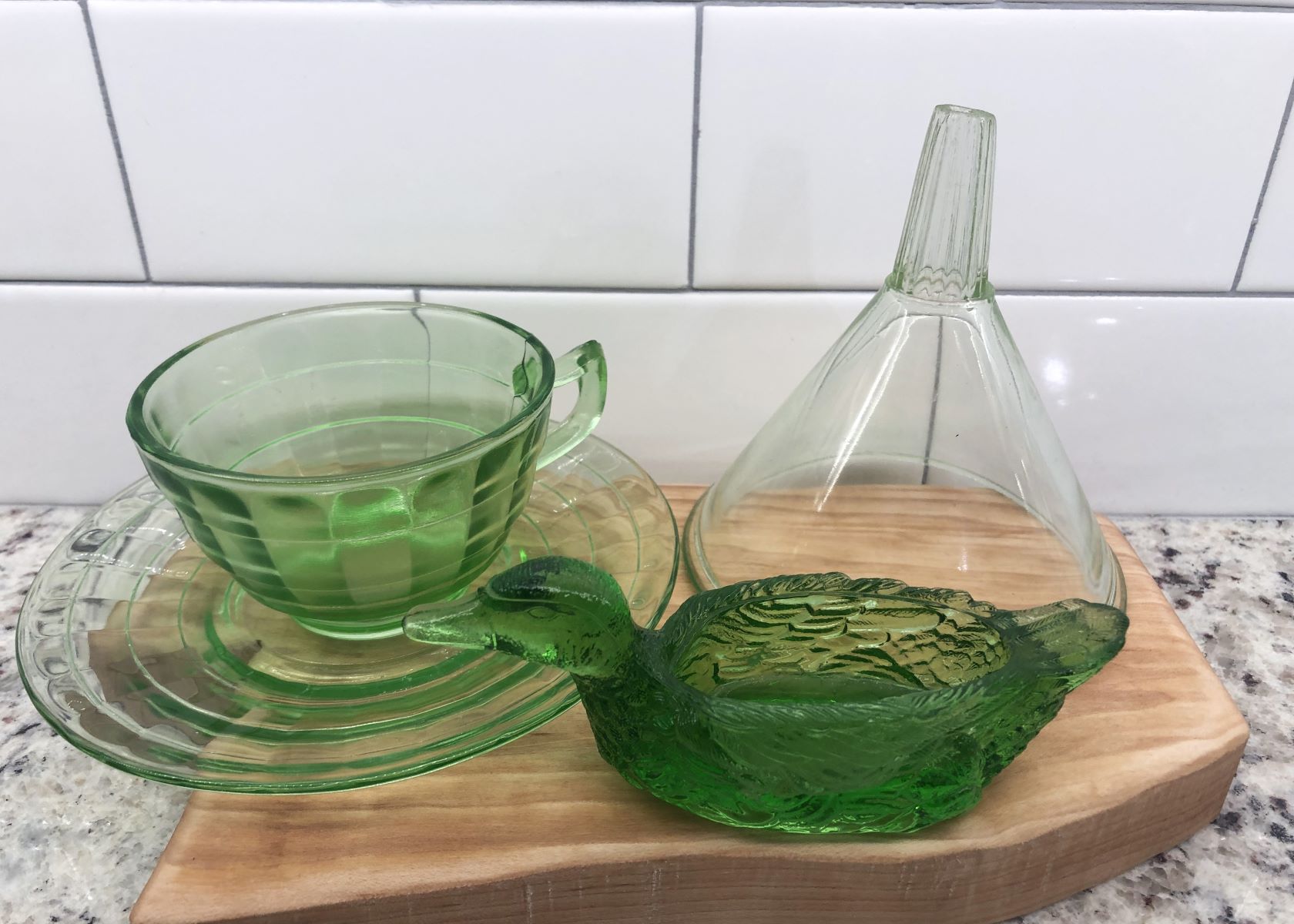
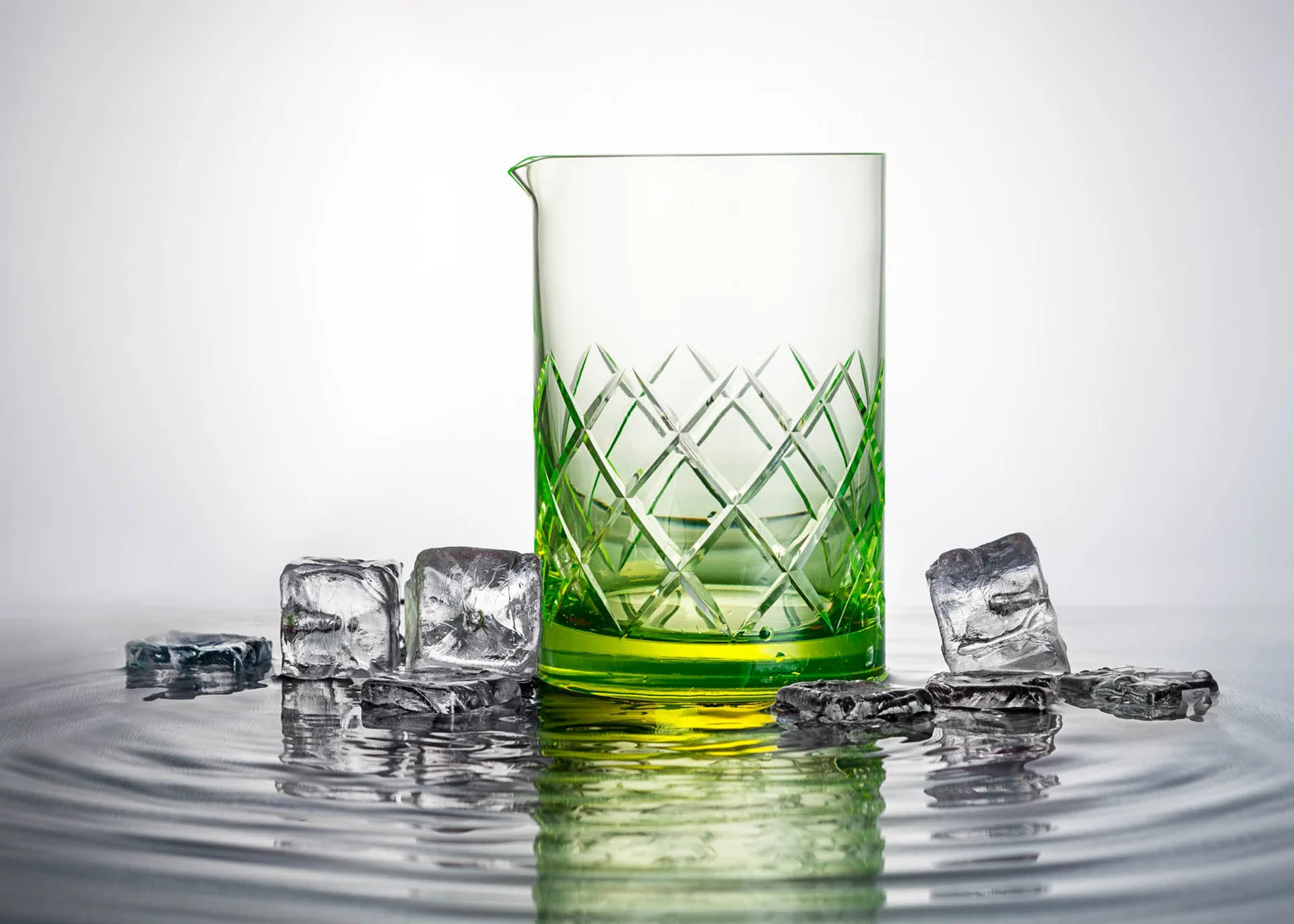
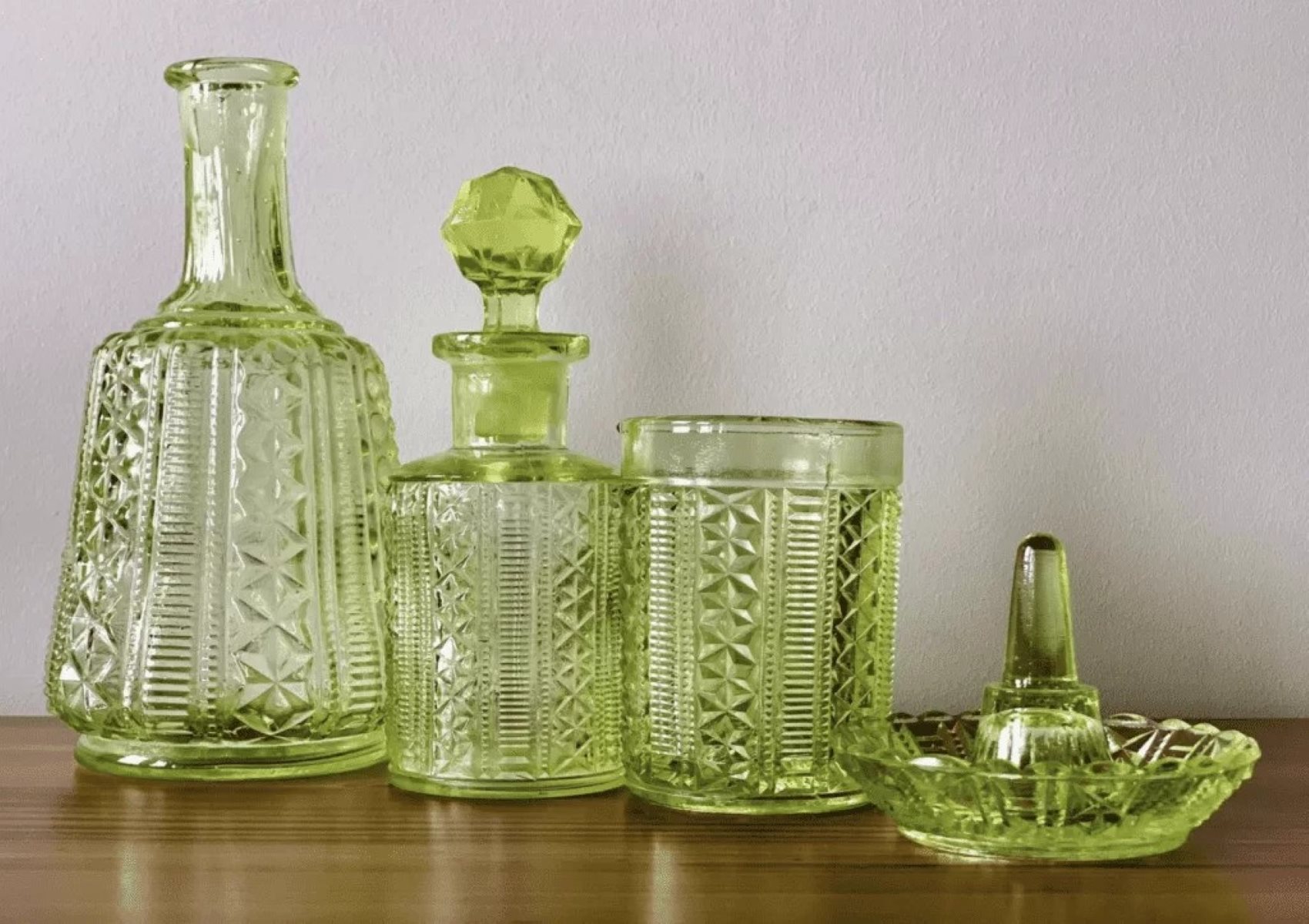
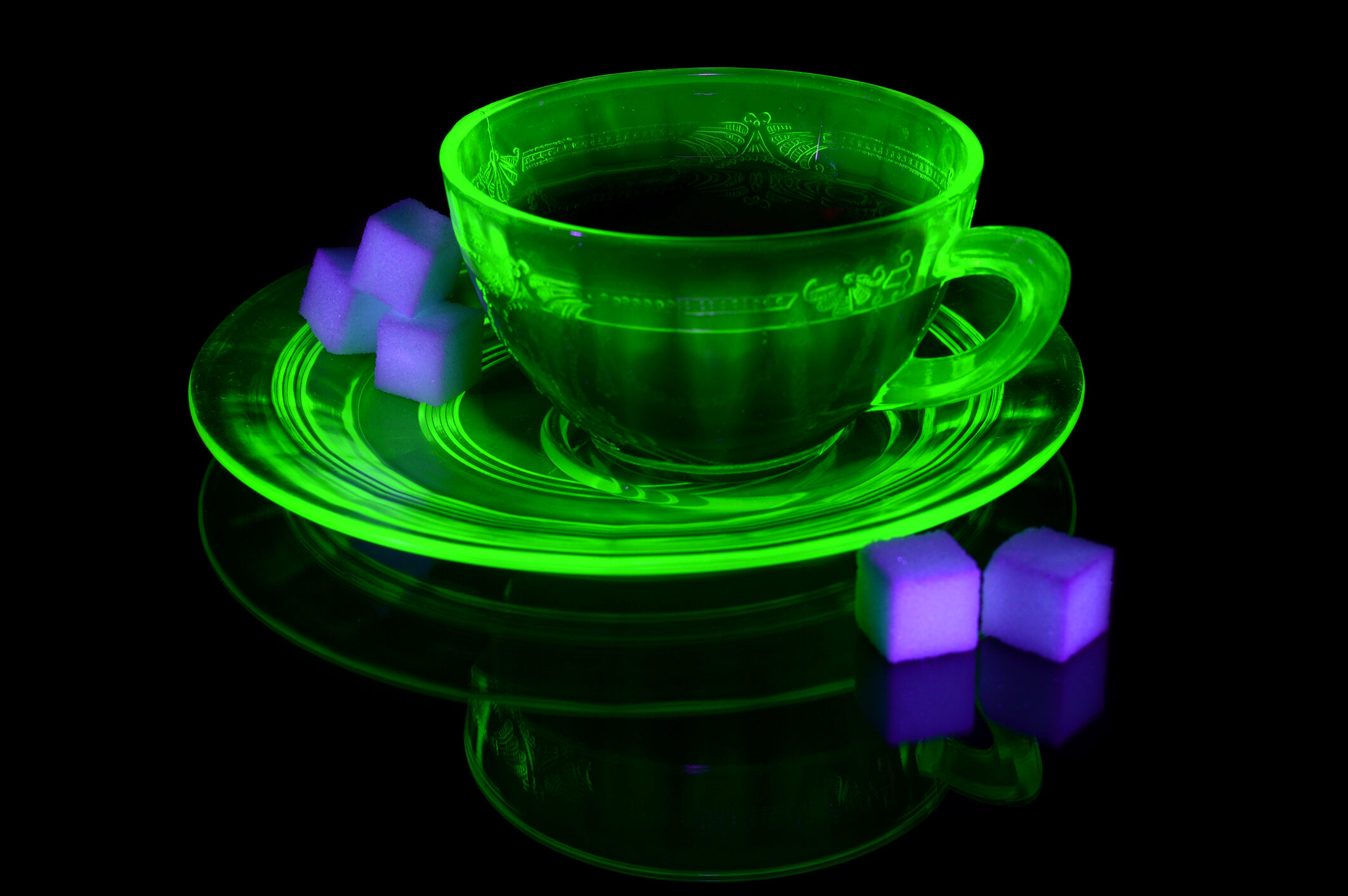
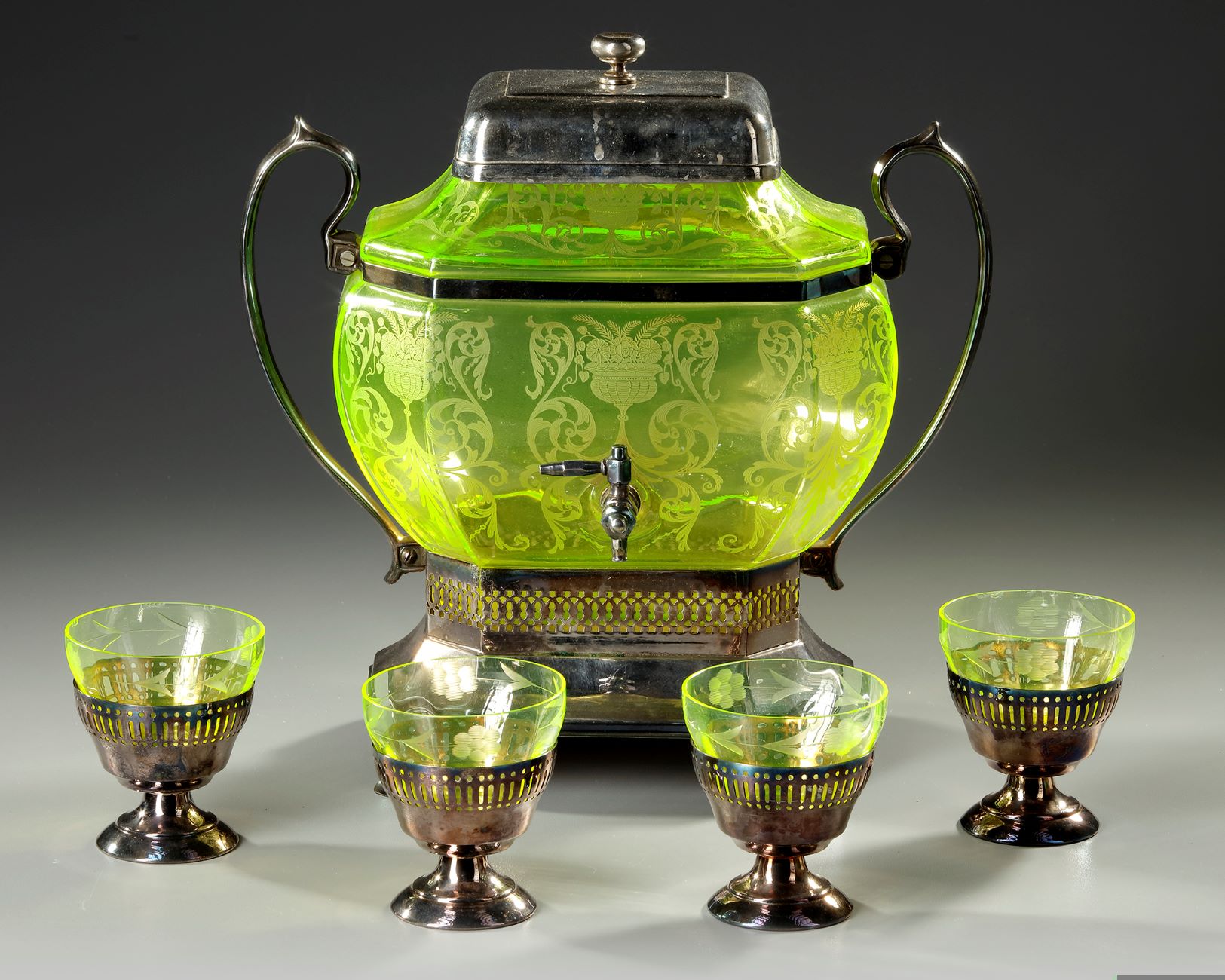
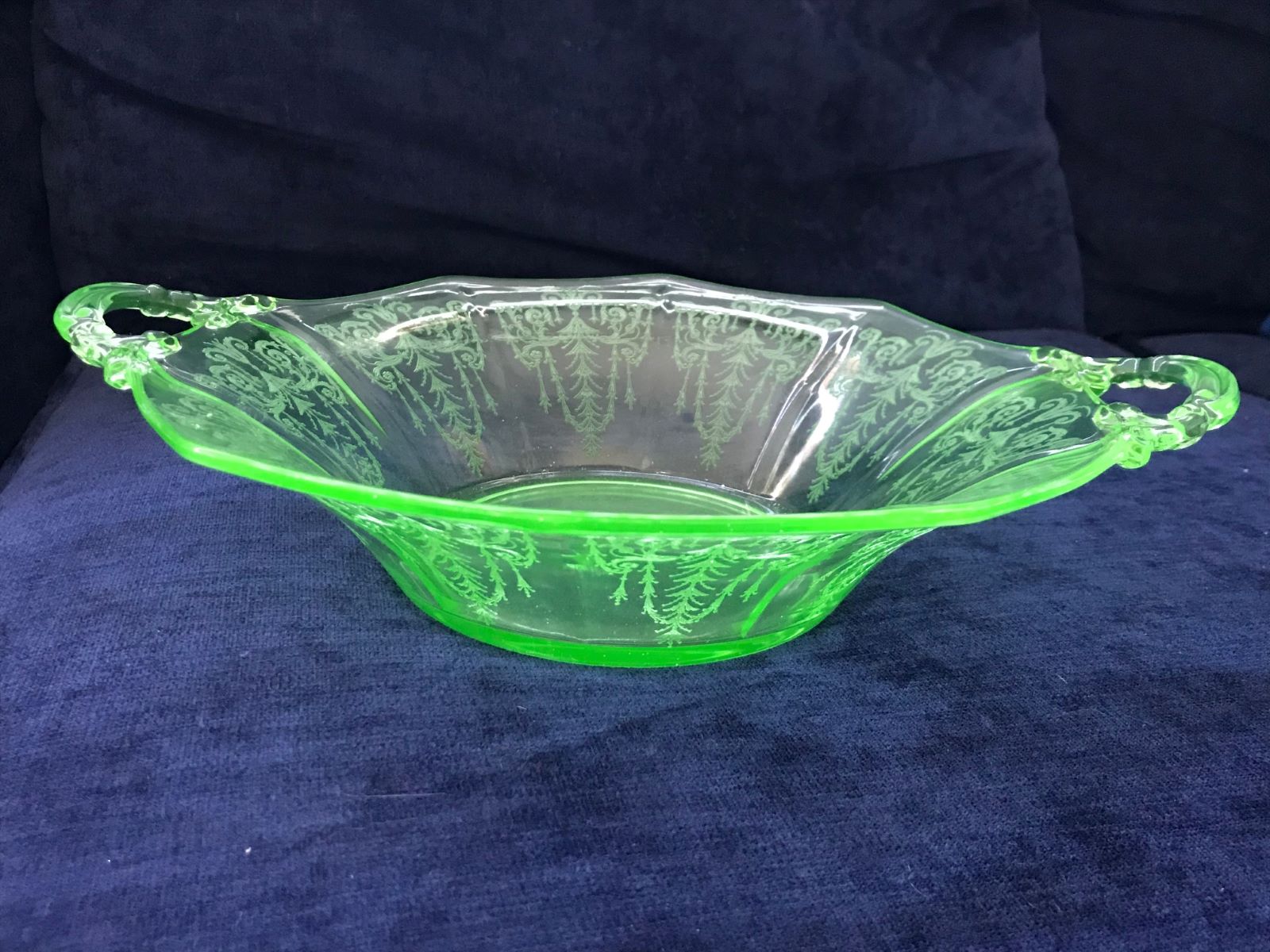
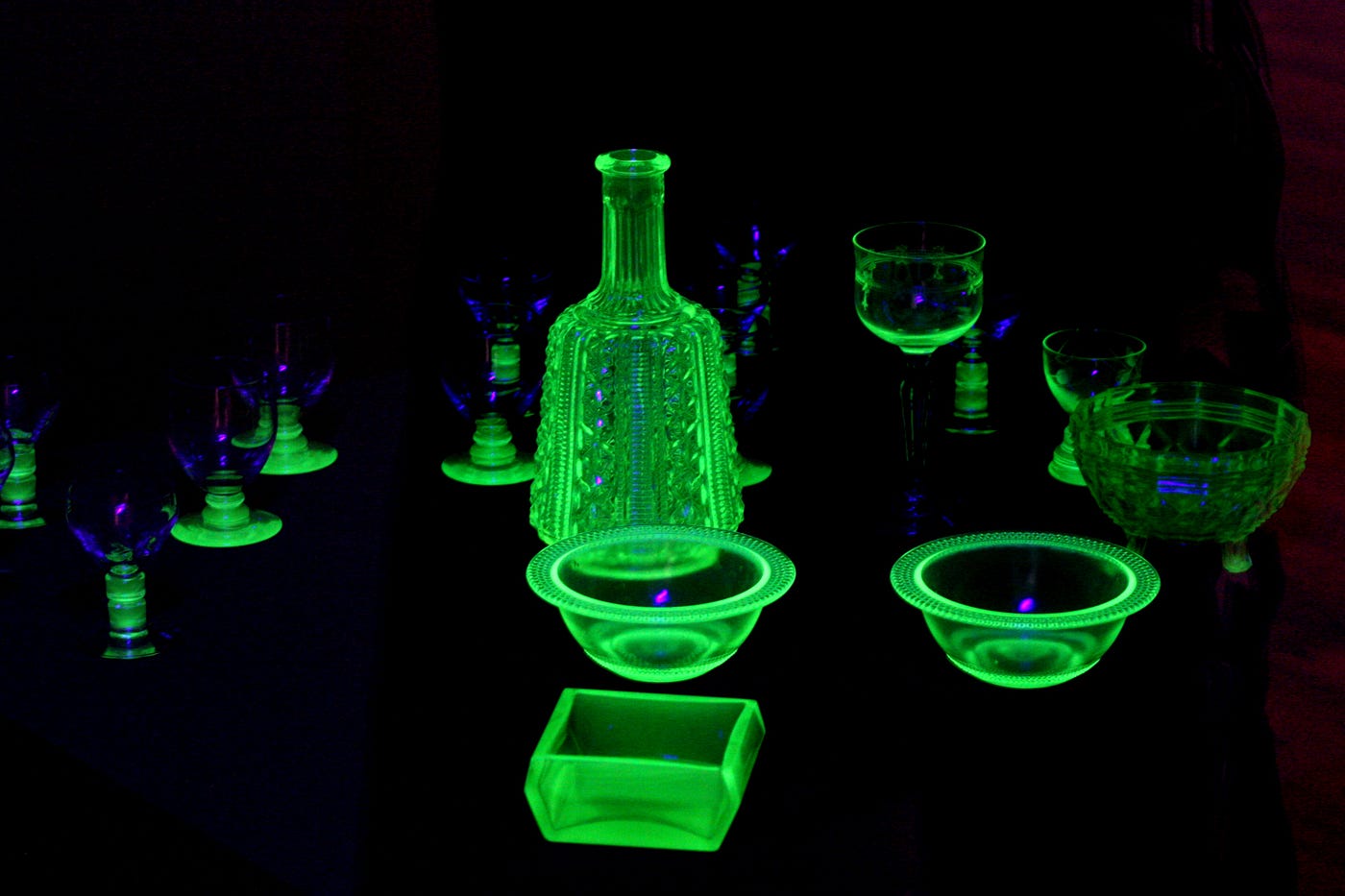
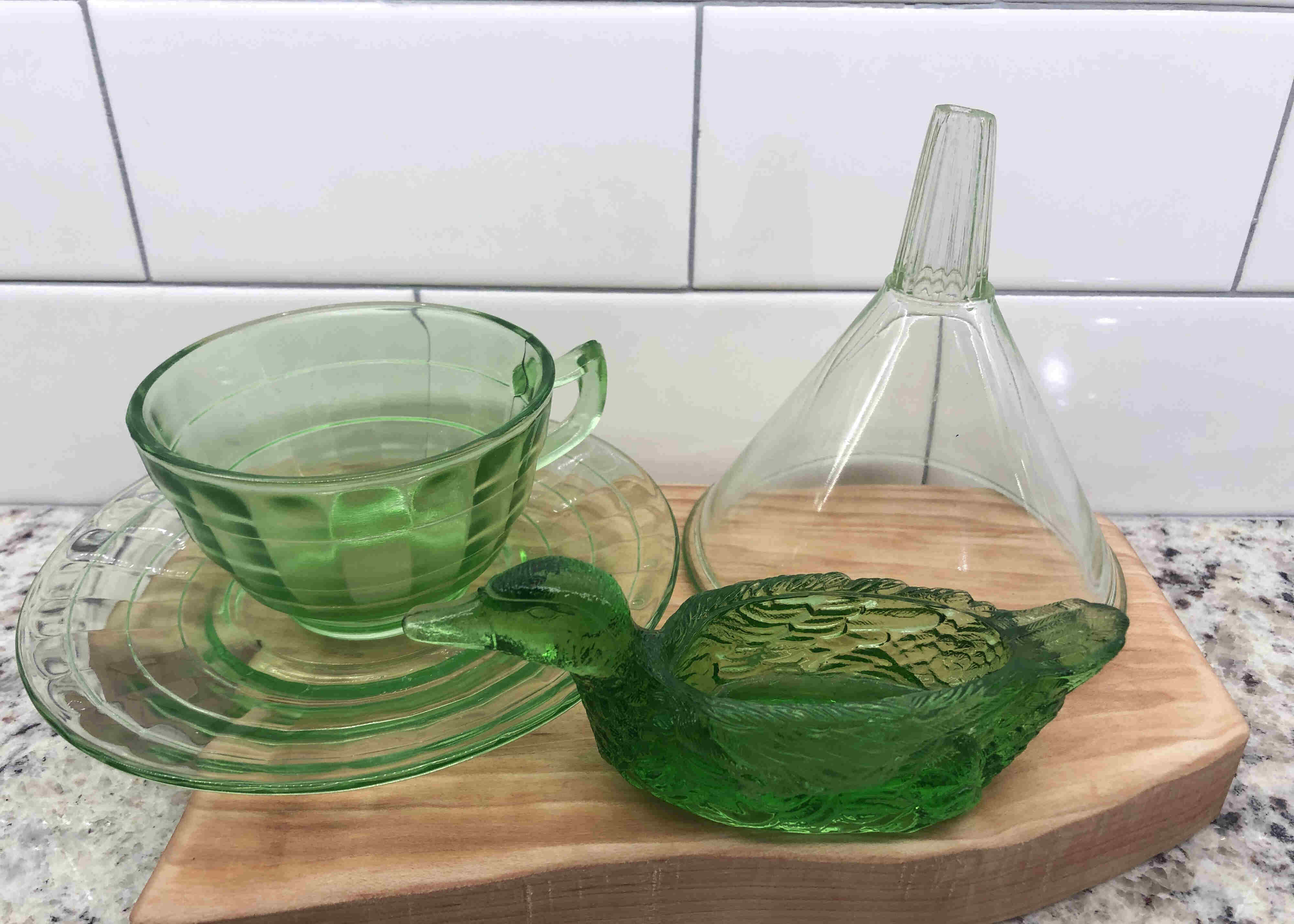
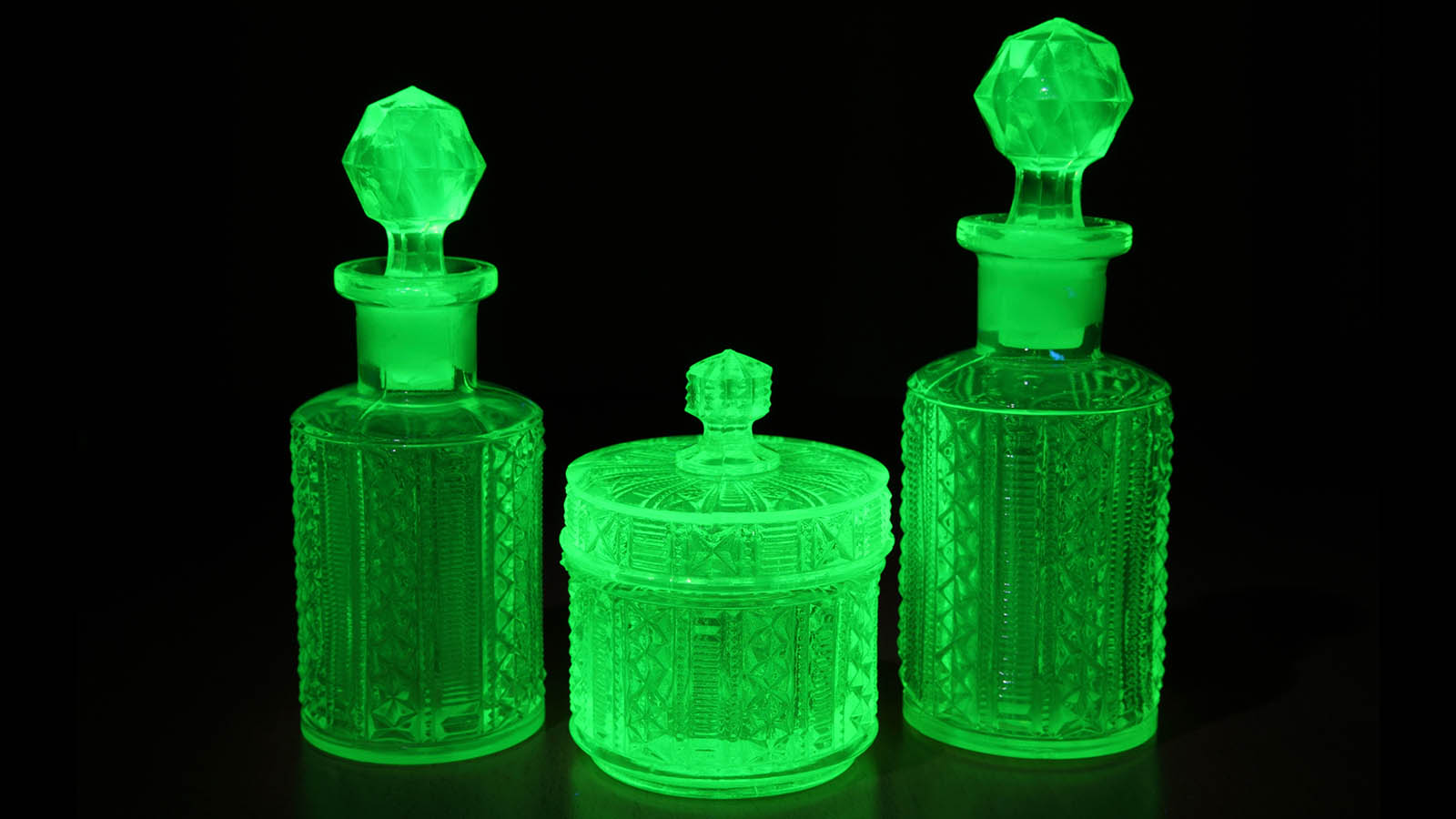
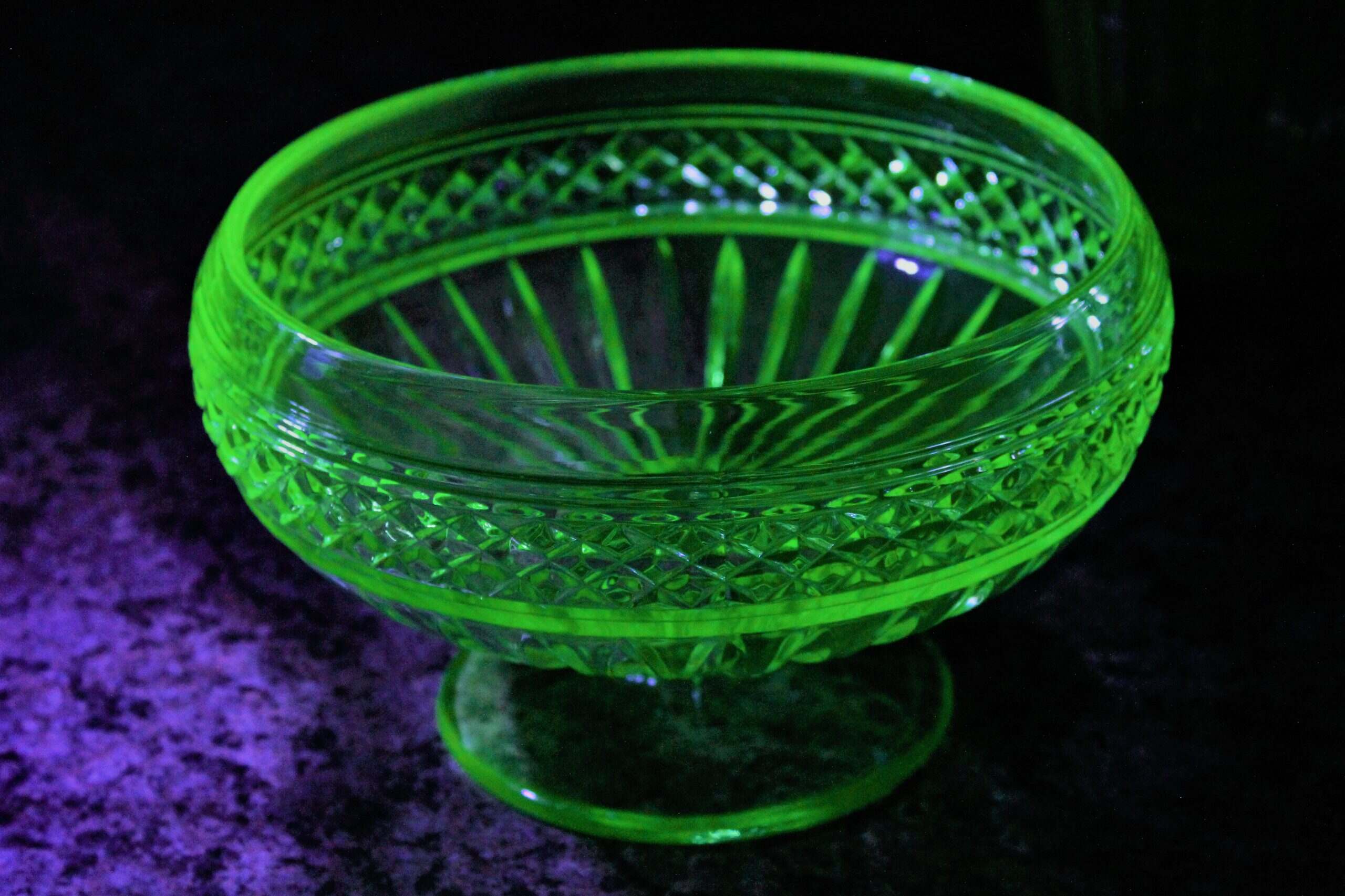

0 thoughts on “How Radioactive Is Uranium Glass”